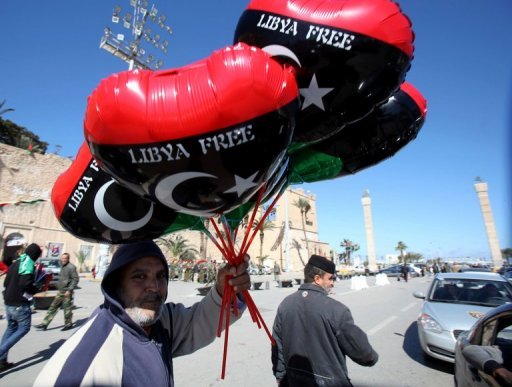Geometry is “not just about lines, says architect Yahia Shawkat. Besides “anchoring the building to the land, these same lines could form “a cosmic link with the angles of the sun and stars – depends on how far you want to go with that.
For architecture to have added value, it has to carry a message. “This message is conveyed through geometry, said Shawkat, adding that it is “very hard to destroy.
Along with co-architects Yahya Al-Hosafy, Amani Kamel and Lara Iskander, Shawkat meditated on this “ever present geometry via a project entitled “The Shadow of Geometry.
Divided into zones on the past, present and future, “The Shadow of Geometry was commissioned by architect Tarek Waly as the pavilion to be presented by Egypt at the prestigious Italian Architecture Exhibition La Biennale di Venezia this year.
“Architecture is the reason and the source. .The building is the outcome and the product, Waly said in his poetic introduction to the project. “Geometry . mediates this order between reason and outcome.
Presented under the patronage of Farouk Hosny, Minister of Culture, the project falls neatly under the Biennale’s theme this year of Out There: Architecture Beyond Building.
The building – a courtyard and iwan (vaulted structure with only three walls) – and the geometry were constructed on-site at Tunis, a small village at the outskirts of Fayoum. Inspired by a plot of land, the geometry is simple – a triangle, followed by a square inside it, with more lines following.
“There are far more elaborate geometries out there, said Shawkat. Each geometry reveals how a city shapes itself and changes and moves over time.
Geometries are not disparate entities, but connected by their character, that blends into the character of the city.
At Tunis, the project involved the laying out of the geometry, the on-site construction and the eventual melting of the mud-brick building.
As part of the zone in the past, this event was captured in a 7-minute film.
The film aims to show “that the building – therefore, the material – isn t necessarily the architecture, but the geometry it was built on and that it leaves behind.
The geometry is the inspiration of the second zone representing the present.
It forms an abstract installation of ropes depicting the framework of the building, which will allow visitors at Venice to witness the geometry first-hand.
This unique installation allows them the opportunity to see the geometry in its naked form, making visible the layer that no one sees, said Shawkat. It is an art made out of geometry.
The future zone presents a collection of models by young architects, artists and students, with reinterpretations of the original model’s geometry. The experiment demonstrates that geometry is a continuum that serves as a reference over time and place.
“Geometry was not a mysterious thing, said Shawkat, referring to historic Cairo. The deliberation on this particular aspect was part of the construction process.
As for the current architectural trends in Egypt, Shawkat noted: “Our biggest problem is that everything is too plural, too individual, and not part of a whole.
Working with one unified geometry does not entail a limitation on creativity.
In this project, the participants working on models for the future zone demonstrated that they “need not use the same color or materials to use the same geometry.
The Shadow of Geometry will be featured along with 55 other national participations at the 11th International Architecture Exhibition in Venice from Sept. 14 to Nov. 23. The preview will take place from Sept. 10 to 13.
The Egyptian pavilion opens on Sept. 12. For more information visit http://www.labiennale.org/en/architecture/exhibition/.






